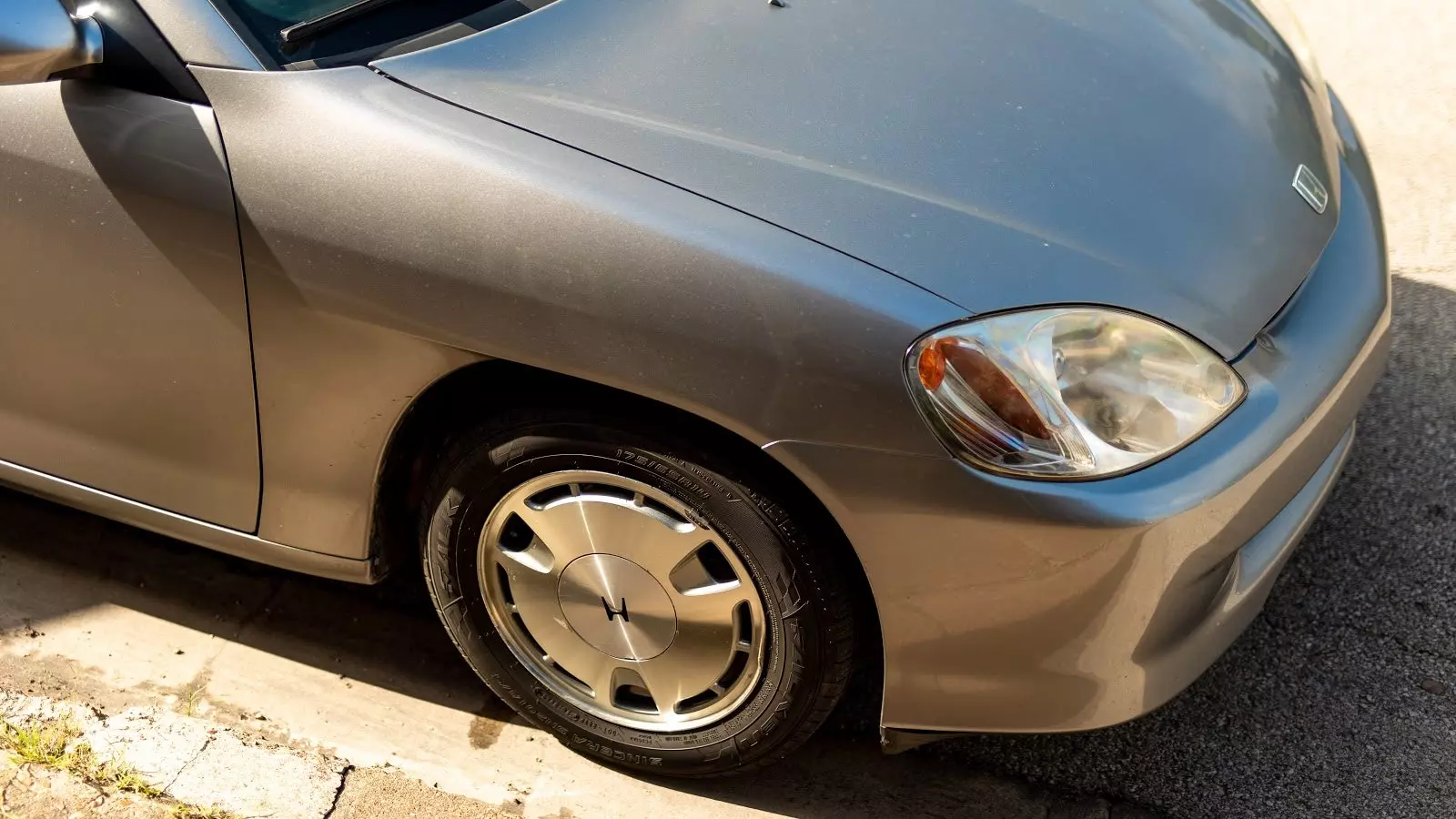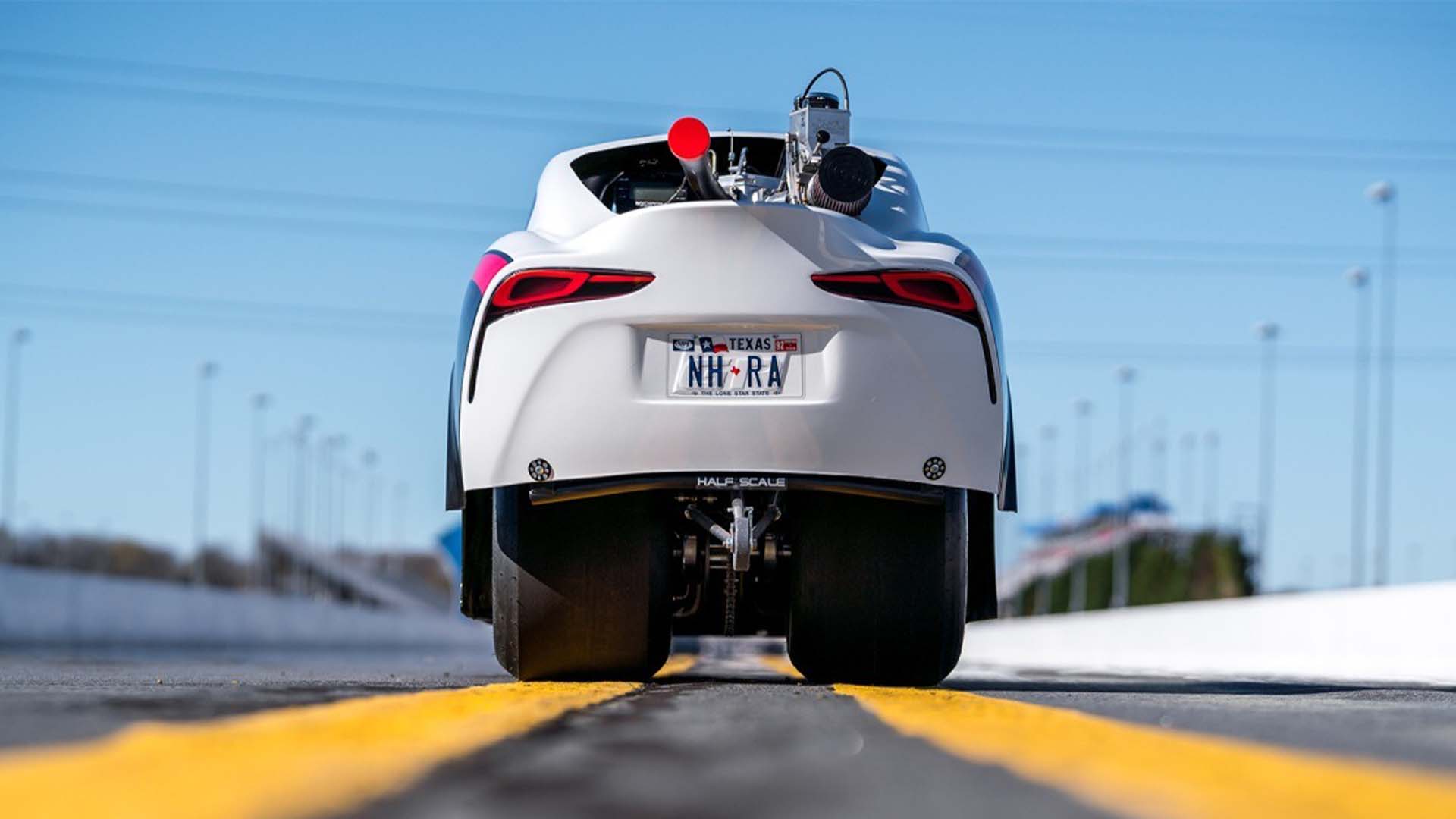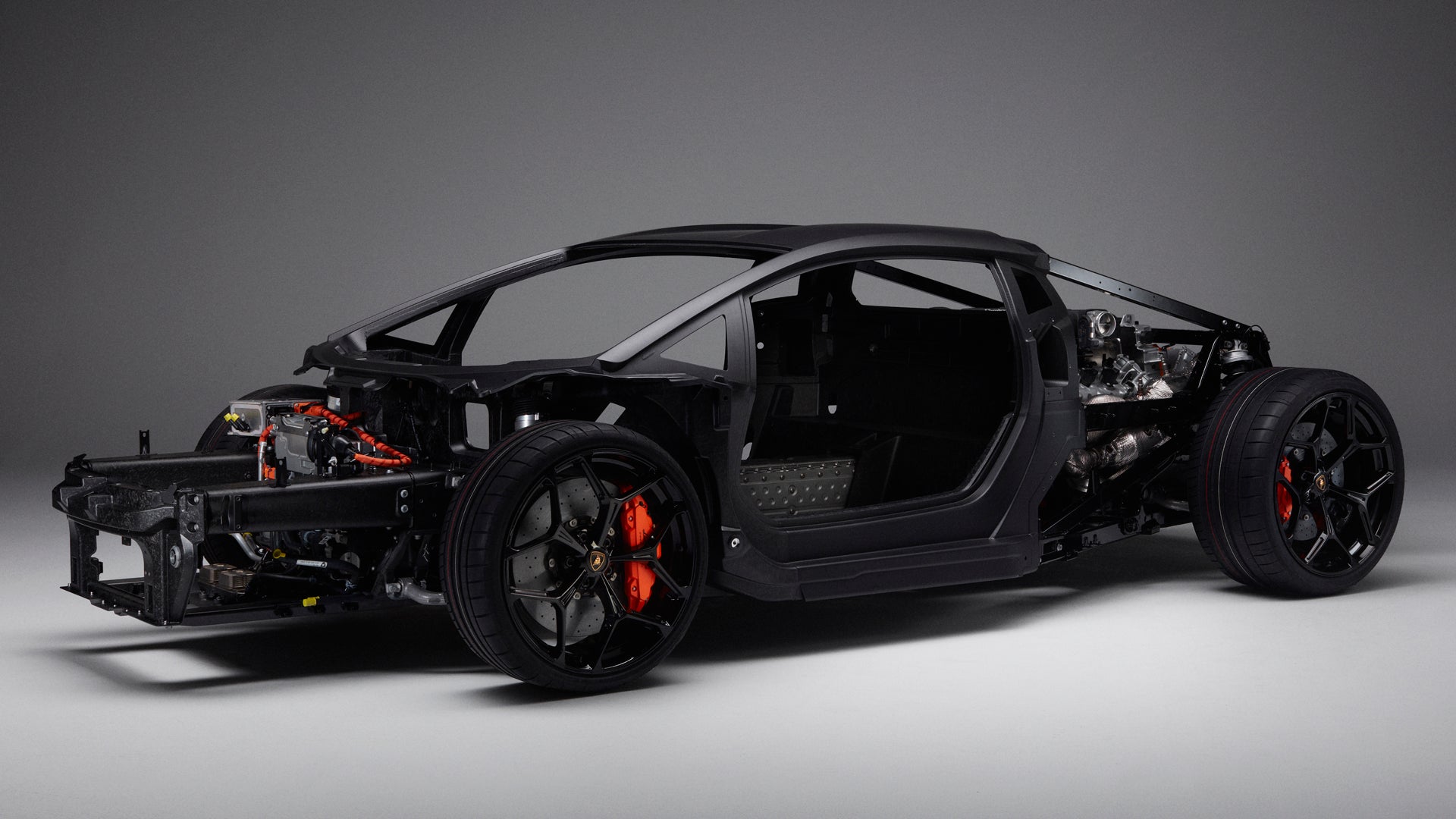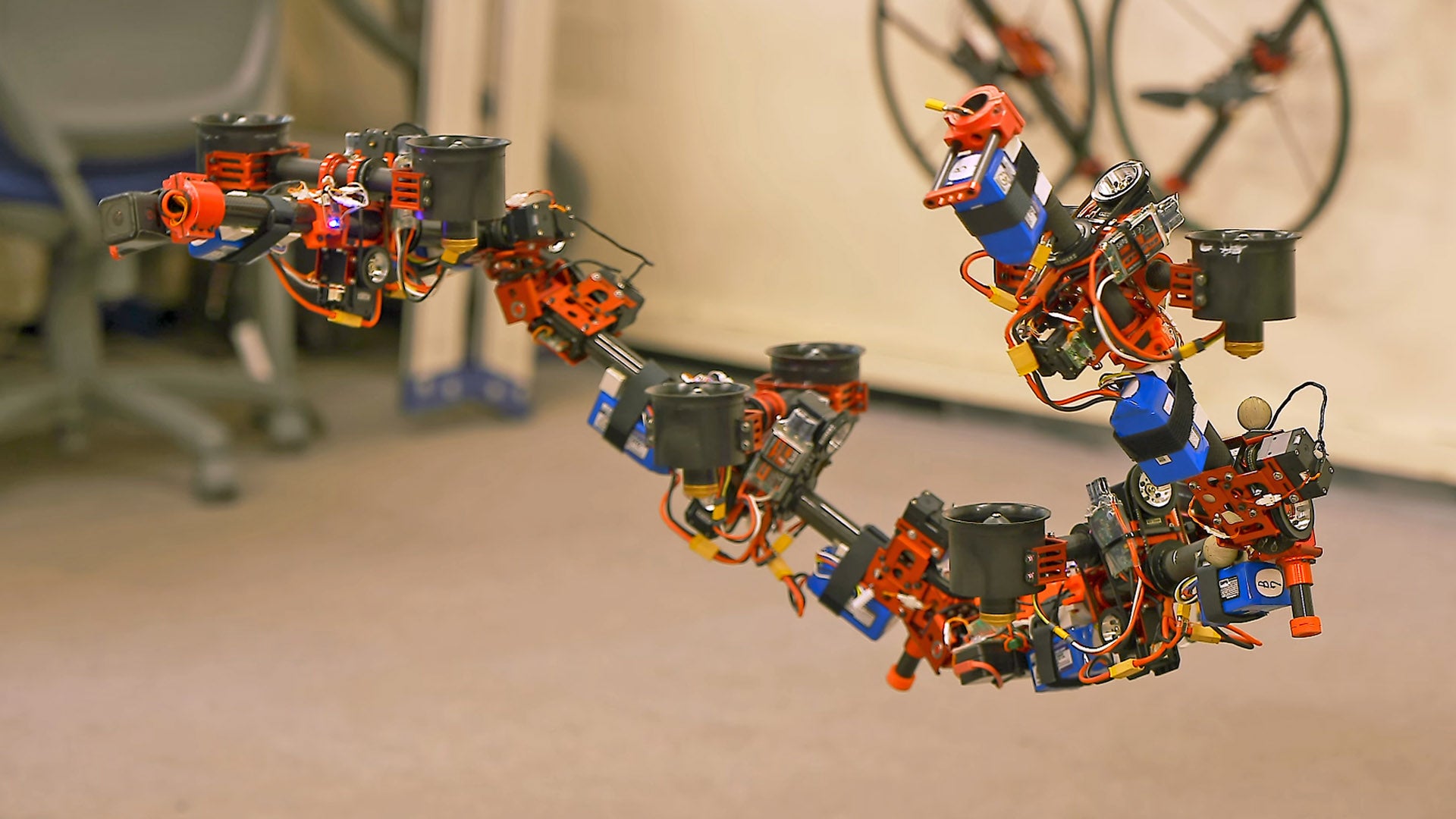Hybrid cars are propelled by a combination of gasoline and electricity – they’re hybrids between traditional gas combustion cars and electric vehicles, hence the name. This is done to save fuel, increase performance, or do both. We’ll get into some specifics and answer your hybrid car questions in this post.
Hybrids have exploded in popularity over the past 20 years, but the idea of using a gasoline engine and an electric motor in tandem to power a car has been around since 1889. But thanks to cheap gasoline and high costs of battery manufacturing hybrid cars didn’t really catch on until Honda introduced the Insight in 1999. They initially gained mass-market popularity for their efficiency and lower cost of operation, as the electric motor allows the engine to work less frequently.
Hybrids used to be marketed solely as economical choices intended to save gas and the planet. Usually, this came in the form of entirely new platforms dedicated to the low cost of ownership and high efficiency. In recent years, however, they’ve found their way into the top end of the market in hypercars such as the Porsche 918. On top of this, several brands have introduced hybrid versions of formerly gasoline-only vehicles, and they have exploded in popularity as manufacturers seek to increase their fleet efficiency and consumers seek to reduce their emissions footprint and overall cost of ownership.
But how exactly do these cars work? Your friends at Car Autance have dug into the details and are here to recharge your collective knowledge.
What Is a Hybrid?
Hybrids have a simple principle – use an electric motor combined with a gasoline engine to gain the benefits of both systems. Many modern hybrid cars do not always need to be charged via plugging into a wall outlet, as they’ve been designed to recharge from normal driving and braking, quelling range anxiety by simply making it a matter of finding a gas station.
This makes them vastly more convenient choices for people whose lifestyles prevent them from having a fully electric vehicle. There are various different methods of building a hybrid drivetrain. The most common is the parallel hybrid system.
How Do Parallel Hybrid Cars Work?
There are several ways to build a hybrid car, but the first popular mass-market design was used in the original Honda Insight, and it’s known as a parallel hybrid. In a parallel hybrid system, an internal combustion motor and an electric motor share a common differential, linking them together. At the differential, power is transmitted between the two propulsion units of the system and sent to the drive wheels in whatever configuration the car needs at the given moment.
What configurations realistically are needed? There are four main modes. First, in pure electric mode, the engine can be fully disengaged from the shared differential using a clutch, allowing for just the electric motor to propel the car. In this configuration, the engine can be completely shut down, and the car will drive like it is solely a fully electric vehicle.
The engine can be turned back on and the clutch compressed with the electric motor still engaged, allowing for both the power of the electric system and the engine to drive the wheels. This is useful in situations where torque is necessary, such as merging onto a highway, driving up a hill, or absolutely schooling the minivan next to you at a redlight.
The engine can continue running and the electric motor can be spun by it (rather than actively outputting power). This essentially makes the engine a generator while still also using the engine to drive the car. This way, the batteries can be charged without plugging in the car or needing to stop it. In this configuration, the car behaves like a traditional gas-powered vehicle.
The final configuration is when the car is decelerating with no power being output from either propulsion system, and the wheels themselves are locked to the motor. This slows the car down more quickly, as the motor is using the rotational force of the wheels as a generator to recharge the battery. This is known as regenerative braking.
What Other Hybrid Systems Exist and How Do They Work?
Let’s dive in.
Series Hybrids
Parallel hybrid drivetrains are no longer the only game in town for hybrid cars, however. Another common system is known as the series hybrid. This system is a bit more straightforward – the car is driven entirely by the electric motor at all times, which is run off of a battery system. However, an internal combustion engine is still included in the car, but instead of connecting it to the drive wheels, it directly runs a generator. The generator can either power the electric motor directly or recharge the batteries, depending on what’s needed most. The engine stays off until the batteries can no longer solely power the car.
The benefit of the series hybrid is that the car basically acts as a traditional electric vehicle until the batteries fully deplete, meaning the engine is used even less frequently than in a parallel hybrid. These models are also capable of being easily sold with the ability to plug-in, minimizing even further the need for the engine. The first mass market commercially successful series hybrid was the Chevrolet Volt that debuted in 2010 with a 1.4-liter gas engine used as a generator and a 149 HP electric motor. The Volt operates entirely without the engine connected to the wheels at speeds below 70 mph; at 70 mph or above it becomes a parallel hybrid to maintain speed.
Power Split Hybrids
The final method most hybrid vehicles use is a combination of parallel and series hybrid drivetrains, known as a power-split hybrid system. In this setup, the engine is connected to the wheels, but it can also be used to power the motors via a generator directly, allowing for maximum flexibility. The third generation Toyota Prius uses a power-split hybrid system.
Mild Hybrids vs. Full Hybrids
There is one more distinction to make for hybrid vehicles, separate of the specific system they use, and that is whether they are a full hybrid, or a mild hybrid. To put it simply, a mild hybrid is a car that cannot run purely on electric power, and a full hybrid can. In a mild hybrid system, the electric motor is there to remove stress from the engine and allow for stop/start ignition systems, regenerative braking, and greater efficiency, but the electric motor alone will never run the car by itself.
In a full hybrid system, either the gasoline engine or the electric motor can completely run the car solo, depending on the situation. Both mild and full hybrids can yield extremely efficient vehicles, but they each have their pros and cons. In a mild hybrid, there is less of a need for large battery packs, as the power demands are less; this leads to much smaller and lighter vehicles which when combined with streamlining and intelligent design choices can lead to extremely high efficiency. Of course, this will prevent the car from ever being a full electric, so zero-gasoline driving is not an option. Full hybrids have the inverse benefits and downsides – they tend to require larger banks of batteries and more powerful motors, adding weight and bulk to the system, but for short trips it’s entirely possible to drive without consuming a single drop of gasoline.
I Know Why Econoboxes Use Hybrids, but Why Do Sports Cars Use Hybrid Systems?
Hybrids clearly have their benefits for efficiency, since they allow the car to completely shut off the engine and still drive. But with the most recent wave of hypercars to be released, they have gained popularity in high-end sports cars (as well as some affordable models, such as the Honda CR-Z).
Quite simply, electric motors make massive amounts of torque, and they make it from the instant they start rotating. Unlike an internal combustion engine that creates torque later in the rev range due to the constraints of airflow and rotational mass, electric motors use magnetic fields to rotate, which have no lag and relatively low static friction.
Combining an electric motor for low-end torque with an internal combustion engine for high-end horsepower results in the best of both for performance. As a result, cars like the Porsche 918 and Ferrari LaFerrari can have top speeds well north of 200 mph and 0-60s below two and a half seconds. Hybrid technology promises to take hold of high-end performance cars even more in the future, with dozens of new models either announced or teased for the near future, such as a hybrid Huracan successor, brand new hybrid Mclaren models, and even a hybrid Corvette.
Car Autance’ Glossary for Hybrid Cars
Welcome to Autance school!
Electric Motor
A motor powered by electricity to generate a magnetic field that spins a magnetized assembly, outputting rotational power.
Converter
A device that can convert AC to DC or a lower to a higher voltage, or vice-versa, that can be put between the battery supply and the motor if the power demands of the electric motor are different than the power supplied by the batteries.
Regenerative Braking
Using the wheels to spin the electric motor with the goal of generating power to charge the battery. This is done when the car is decelerating and power loss from the wheels is desired.
The Questionnaire
Car Autance answers all your burning questions!
Q. Do Hybrids Get Good Fuel Mileage?
A. Obviously, this depends on the car, but generally, they are more efficient than pure gasoline cars. Series hybrid cars – such as the BMW i3 – can potentially be driven in short trips for months or even years on end without gasoline ever being used, additionally, because the engine serves as a backup generator that doesn’t kick in until the battery is depleted.
Q. Are There Hybrid Racecars?
A. Yes! Hybrid race cars go back decades but one of the most recent high-profile successful hybrid race cars is the Toyota TS050, which has outright won the 24 Hours of Le Mans for the past three years.
Q. What Is MPGe?
A. MPGe is the EPA’s way to rate the overall efficiency of cars that do not exclusively use gasoline, such as hybrids and EVs. It stands for miles per gallon of gasoline-equivalent. It is calculated by converting the energy provided by electric power to the energy provided by a gallon of gasoline, and summing the overall efficiency of both the gas and the hybrid systems. Then the average fuel costs both for gasoline and electricity are factored in, and an overall cost of operation can be estimated.
Q. What Kinds Of Batteries Do Hybrids Use?
A. Hybrid cars use an assortment of batteries depending on the make and model. The original Honda Insight used nickel-metal hydride (Ni-MH) batteries, a common choice for the era. More recently, such as in modern Priuses, lithium-ion batteries have been used to store power.
Video on Hybrid Cars
If you’re a more kinesthetic learner and want to hear about how hybrids work, rather than just reading about it, check out this video from my friend Jason at Engineering Explained!
Comments Are Open, Come Speak Your Piece
It’s easy to make an account and we really do want to chat! Writers (and other readers) will answer questions and comments whenever they can!
Keep your hybrid looking spiffy with our recommendations for car wax and detailing kits!
Disclosure: Carbibles.com is also a participant in the Amazon Services LLC Associate Programs, an affiliate advertising program designed to provide a means for sites to earn advertising fees by advertising and linking to Amazon.com. Pages on this site may include affiliate links to Amazon and its affiliate sites on which the owner of this website will make a referral commission.









